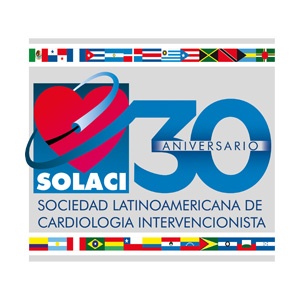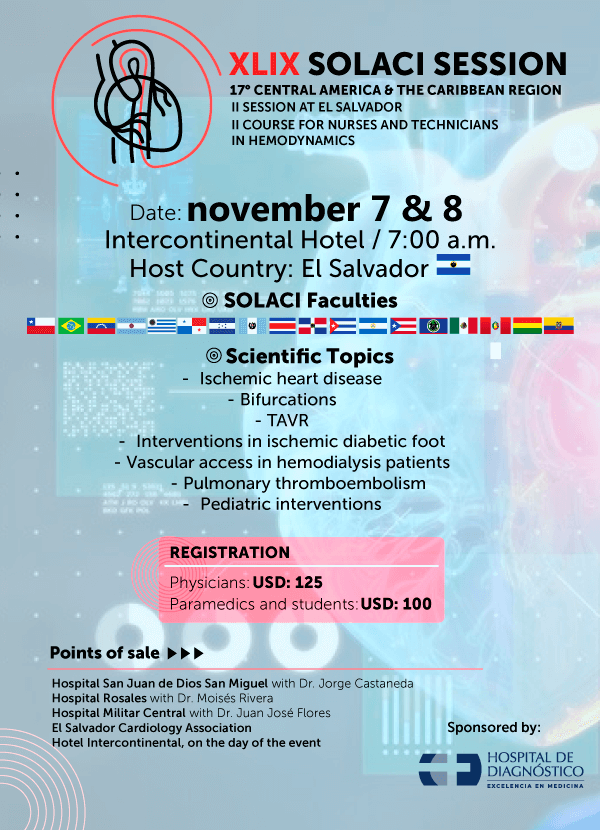St elevation acute coronary syndromes are typically caused by thrombotic obstruction of a coronary artery due to ruptured atherosclerosis plaque.
However, there is a significant number of patients with similar clinical presentations but no evidence of obstructive coronary artery disease (CAD).
Read also: CTO in patients with acute myocardial infarction increases long term mortality.
In general, patients without obstructive CAD have better survival, but this might vary substantially depending on the underlying cause and risk factors.
The present study included 4793 consecutive patients undergoing ST elevation MI. 88% of these patients had obstructive CAD (≥50% stenosis), 6% had no obstructive CAD (1-49% stenosis) and 5% presented absolutely normal coronary arteries.
Patients without CAD were mostly young women with few risk factors. Follow up reached mean 2.6 years.
Read also: Primary angioplasty and multivessel lesions: how should we proceed?
Short term mortality (30 days) was lower both for patients with non-obstructive CAD (HR 0.49; p=0.0018) and for patients with normal coronary arteries (HR 0.31; p=0.021), compared to patients with obstructive CAD.
But surprisingly (and just the opposite of what was observed at 30 days) long term mortality with non-obstructive CAD resulted similar (HR 1.15; p=0.48), and for those with normal coronary arteries, it resulted significantly higher (HR 2.44; p<0.001) than that of patients with typical MI (even after adjusting by troponin level).
Cause of death was cardiovascular in 70% of cases with typical infarction, but in patients with non-obstructive CAD, it was only 38%, and 32% in patients with normal arteries.
Read also: Is Emergency Cardiac Surgery Necessary in TAVR?
In a population matched by sex and age, mortality resulted superior in patients with non-obstructive CAD.
Conclusion
Patients undergoing ST elevation MI that do not present significant obstruction to their coronary arteries have similar and even superior mortality than patients with typical MI. These data suggest that treating these patients involve far more than the routine angiography, and that it should include medication and close follow-up.
Original title: Long-term survival and causes of death in patients with ST-elevation acute coronary syndrome without obstructive coronary artery disease.
Reference: Hedvig Bille Andersson et al. Eur Heart J. 2018 Jan 7;39(2):102-110.
Get the latest scientific articles on interventional cardiologySubscribe to our weekly newsletter
We are interested in your opinion. Please, leave your comments, thoughts, questions, etc., below. They will be most welcome.





